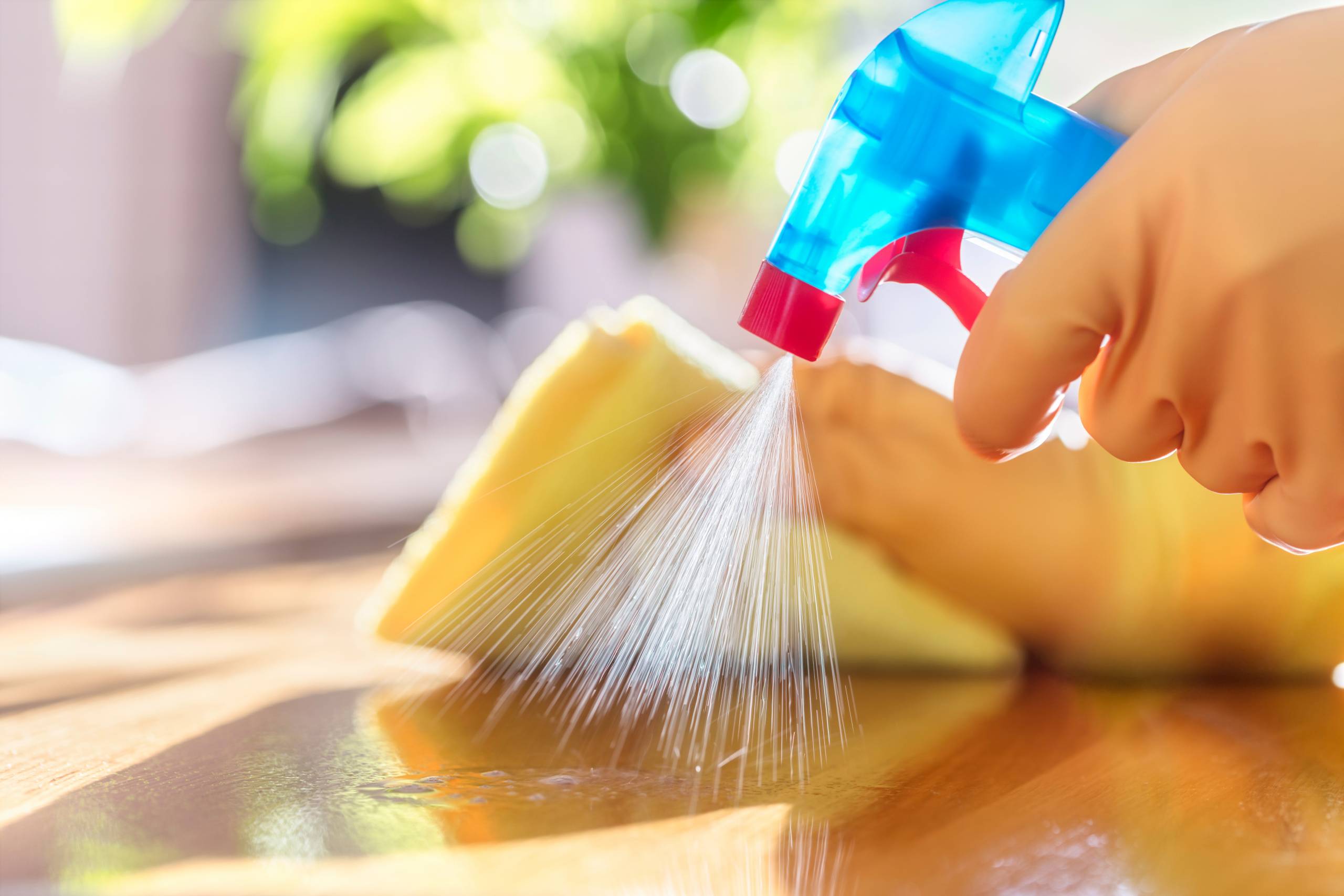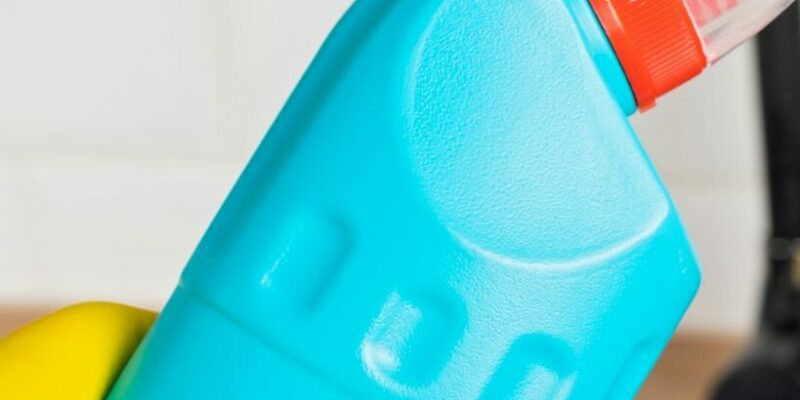Cleaning products offer more benefits than keeping homes neat. They safely and effectively removing soils, germs and other contaminants to help prevent the spread of infectious diseases. They can also help control common indoor allergens such as dust, mold and pet dander. These allergens can be especially troublesome—dust mites are a common cause of asthma in children, for example.1
How do cleaning products work? Cleaning products help keep everything from bathrooms to bedrooms clean because of their chemistry and unique formulas. Specifically, cleaning products use the chemical properties of different ingredients. This makes them suitable for sanitization, disinfection and cleaning hard surfaces, floors, upholstery, clothing, and other items.
Here are a few examples of common chemical compounds included in cleaning products and the benefits they can provide:
- Solvents are types of liquids used to dissolve, suspend or extract other materials, usually without chemically changing the solvents used or the other materials the solvent helps clean. Glycol ethers are common solvents used in cleaning products. They can be highly effective as an active component of heavy-duty glass, floor and other hard surface cleaning formulations because they mix well with water and are good for removing greases and oils.
- Chlorine bleach, made by mixing chlorine and caustic soda (sodium hydroxide), is a type of surface disinfectant. Chlorine bleach helps prevent the spread of infections in homes, hospitals, nursing homes, schools and day care facilities.
- Surfactants are compounds used in an array of cleaning products for their ability to wet both the surface to be cleaned and the contaminant to be removed. In essence, this makes the cleaning product’s molecules more slippery, less likely to stick to themselves and more likely to interact with oil and grease.
- Antibacterial and antimicrobial ingredients are substances that kill or slow the growth of harmful microbes, such as viruses or bacterium. These ingredients help kill germs that can make people sick.
What do we know about the safety of cleaning products? Cleaning products are essential for clean homes and alleviating allergies that can come from dust, mold and pet dander. Some cleaning products can also help reduce the spread of the cold and flu.2 Here’s what you need to know:
- Read the instructions before you clean. Labels and instructions on the bottles or packaging of cleaning products often include information on the product’s intended use and directions on how to use the product safely.
- Even though manufacturers formulate cleaning products to be safe or have very low risk, health effects can still result from unintended exposure. Exposure describes both the amount of, and the frequency with which, a chemical substance comes into contact with a person. All chemicals, including water (H2O), can be toxic under certain conditions of exposure.
- Household cleaning products carry cautionary labeling if there is a specific hazard in them. This is one of the most important features of the label.
- To prevent accidental poisonings, always keep cleaning products away from children’s reach.3 If you are in the process of cleaning and you get a phone call or someone knocks on the door, don’t leave the cleaning products unattended.
Ethylene Oxide – An Essential Chemistry
Transparency in Cleaning Products
Cleaning product manufacturing companies are showing commitment to transparency with the industry-led Consumer Product Ingredient Communication Initiative, which launched in 2010. The initiative summarizes how companies are providing information about the ingredients in products in four major categories: air care, automotive care, cleaning, and polishes and floor maintenance products.
Human and environmental safety data for chemical ingredients used in cleaning products are also publicly available on the American Cleaning Institute’s Ingredient Safety Initiative.



